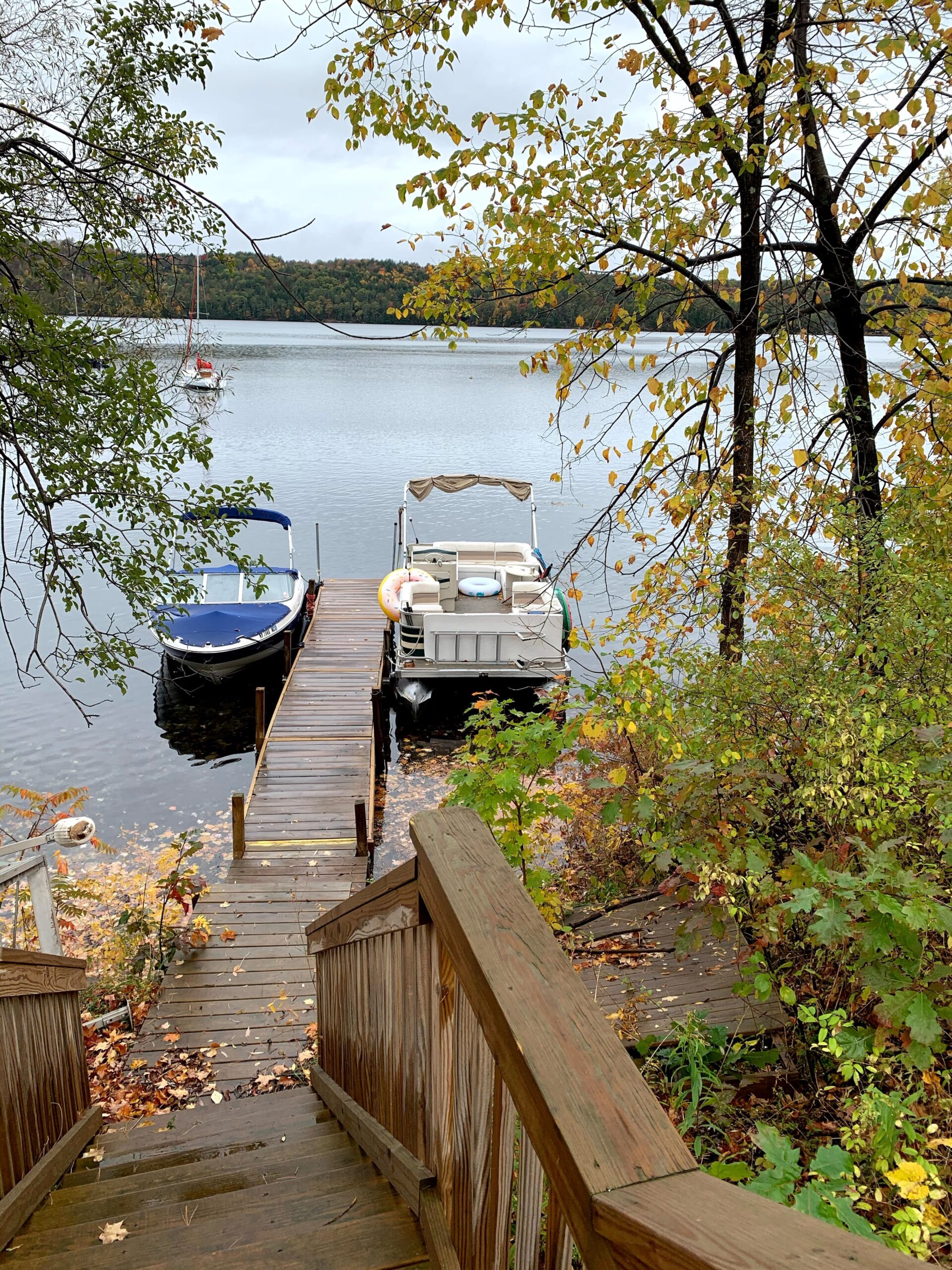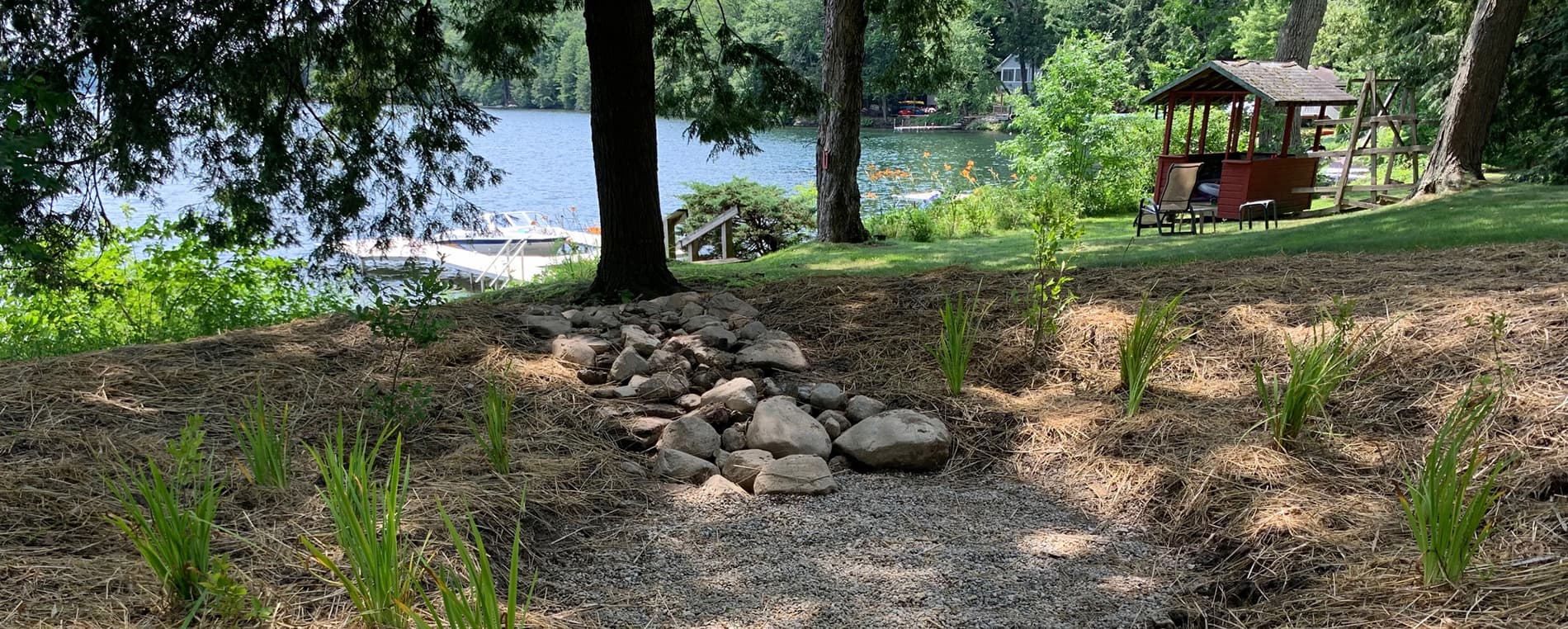
Clean Water Service Provider
The Clean Water Service Provider (CWSP) for the South Lake Champlain (Basin 2/4) is a partnership of the Rutland Regional Planning Commission (RRPC) and Poultney Mettowee Natural Resources Conservation District (PMNRCD). Together we allocate clean water funding from the VT Department of Environmental Conservation (DEC) as part of Vermont’s new Clean Water Service Delivery Act (Act 76), which facilitates funding for clean water projects to meet pollution reduction targets. In Lake Champlain, the pollutant of concern is phosphorus. Guiding us through the project selection process is another group of partners, the Basin Water Quality Council (BWQC).
Contact Our team for personal assistance
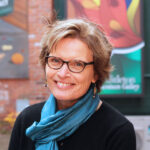
Barbara is a senior planner at RRPC, our resident water quality expert and works on a regional and local level to meet state laws, goals, and policies and implement projects to address water quality issues. Barbara also administers the CWSP program for RRPC.
Hilary Solomon is the Director of the PMNRCD, which covers the lands in the Poultney and Mettowee River watersheds, or western Rutland County. Hilary is a water resources specialist with over twenty years’ experience conducting water quality assessments and implementing projects to mitigate water quality concerns. EMAIL: [email protected] PHONE: 802-287-6880
CWSP FUNDING
Referred to as the “formula grant” by DEC staff, due to its built-in formulaic phosphorus targets, CWSP funding is available for non-regulatory projects only, or those that are not required by a State permit. Approved project types include green infrastructure stormwater practices, natural resources restoration projects on farm and forestland, and stream restoration projects. Restoration projects can include conservation easements, wetland and floodplain restoration, and practices that intercept and infiltrate stormwater in developed areas.
Additionally, project eligibility criteria include the need to achieve phosphorus reduction targets in the watershed within standardized cost parameters. DEC set the phosphorus reduction goal for the South Lake Watershed at 78.1 kg/phosphorus per year. Projects within each sector, stormwater, agriculture, forestry, and streams, have a cost per kilogram target, with the cost per kilogram of all projects in the South Lake Watershed needing to average around $9,000 per kilogram of Phosphorus mitigated.
_______________________________________________
(Photo: Funded project – Dam removal/bridge replacement, floodplain restoration, and native riparian planting, Sugar House Lane, Dorset.)
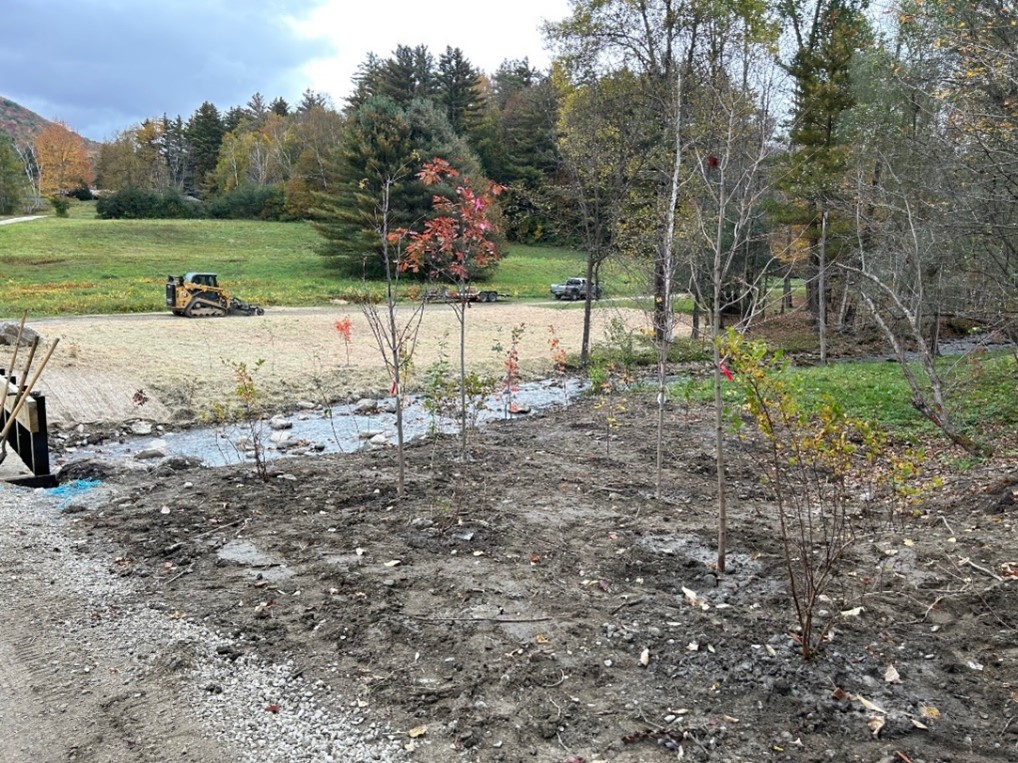
Bid review dates
FUNDING QUALIFICATION ROUNDS
Every three to four months the South Lake CWSP issues a Request for Projects round for phosphorus mitigation project proposals. The BWQC meets shortly afterwards to review and vote on the proposed projects.
Round:
The South Lake CWSP is pre-approving potential subgrantees and subcontractors through a request for qualifications process. We are accepting qualifications on a rolling basis. Please request our qualifications guidance document for specifics on the information we are requesting through our pre-approval process.
Let us know if you want to join our email list for up-to-date notifications!
(Photo: Funded project – Settling pool to filter out nutrients and sediments from road runoff, North Street, Well
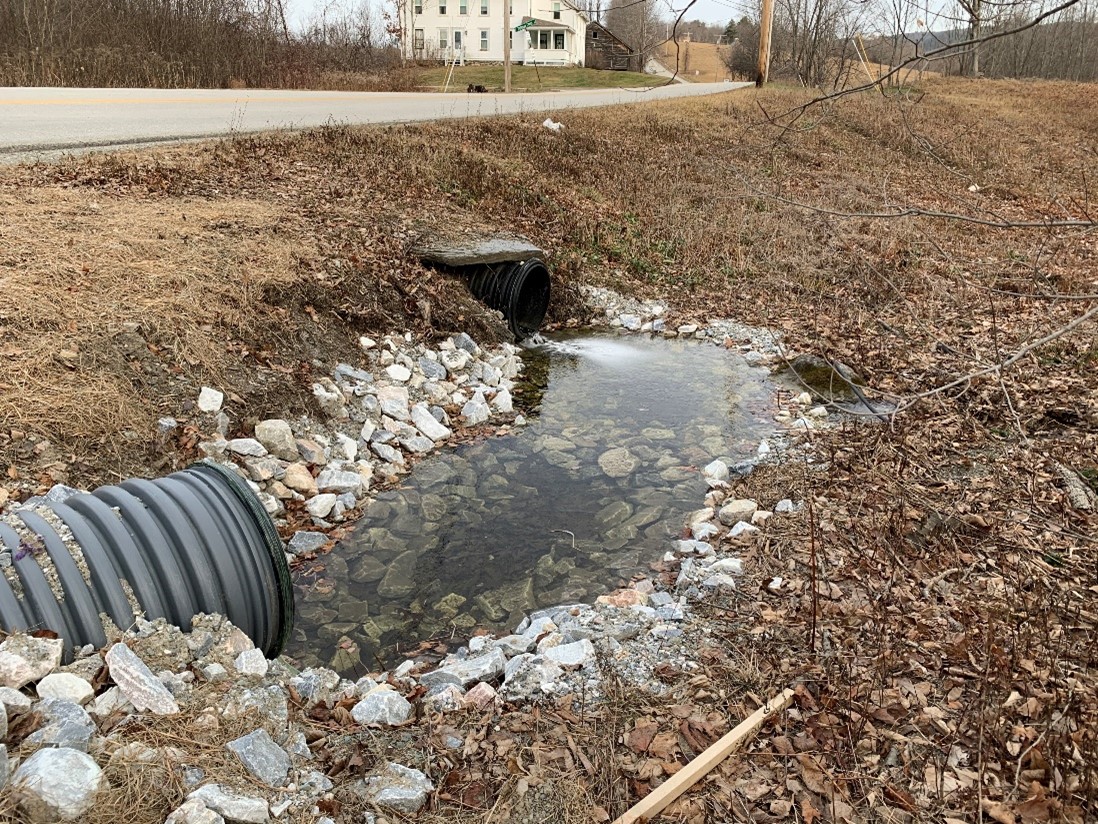
Request For Proposals
Projects Available:
Please Submit Proposals To:
Contact Information: South Lake Champlain CWSP
Hilary Solomon and Barbara Noyes-Pulling
Hilary Solomon, PMNRCD Barbara Noyes Pulling, RRPC
Po Box 209, Poultney, VT 05764 PO Box 430, Rutland, VT 05702
(802) 558-3515 / [email protected] (802) 774-1346 x207 / [email protected]
None at this time. Please check back for future opportunities.
(Photo:Mettawee Community School – Merck Forest & Farmland Ctr – Vermont Land Trust boardwalk, Pawlet)
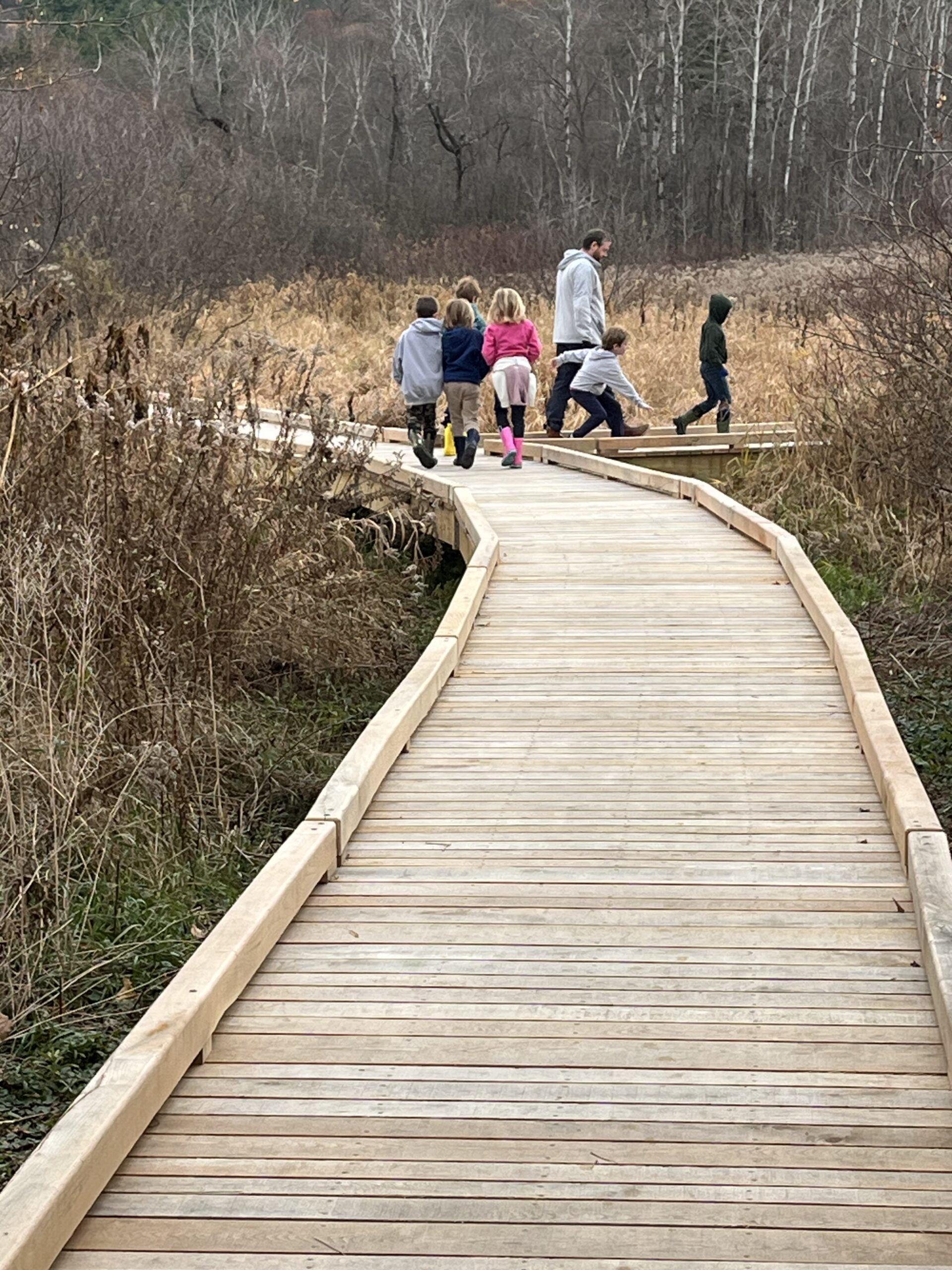
CLEAN WATER PROJECT VERIFIERS
Operation and Maintenance (O&M) keeps clean water projects in proper working condition. A key part of O&M is ensuring water quality improvement projects continue to function as intended throughout their design lives. This is referred to as verification. It involves regularly visiting clean water project sites and using visual indicators to determine the status and condition of the projects.
- Verification Request for Qualifications: Click Here
To be considered, please submit the RFQ to Barbara Noyes-Pulling ([email protected]) and Hilary Solomon ([email protected]). Submissions will be considered on an ongoing basis.
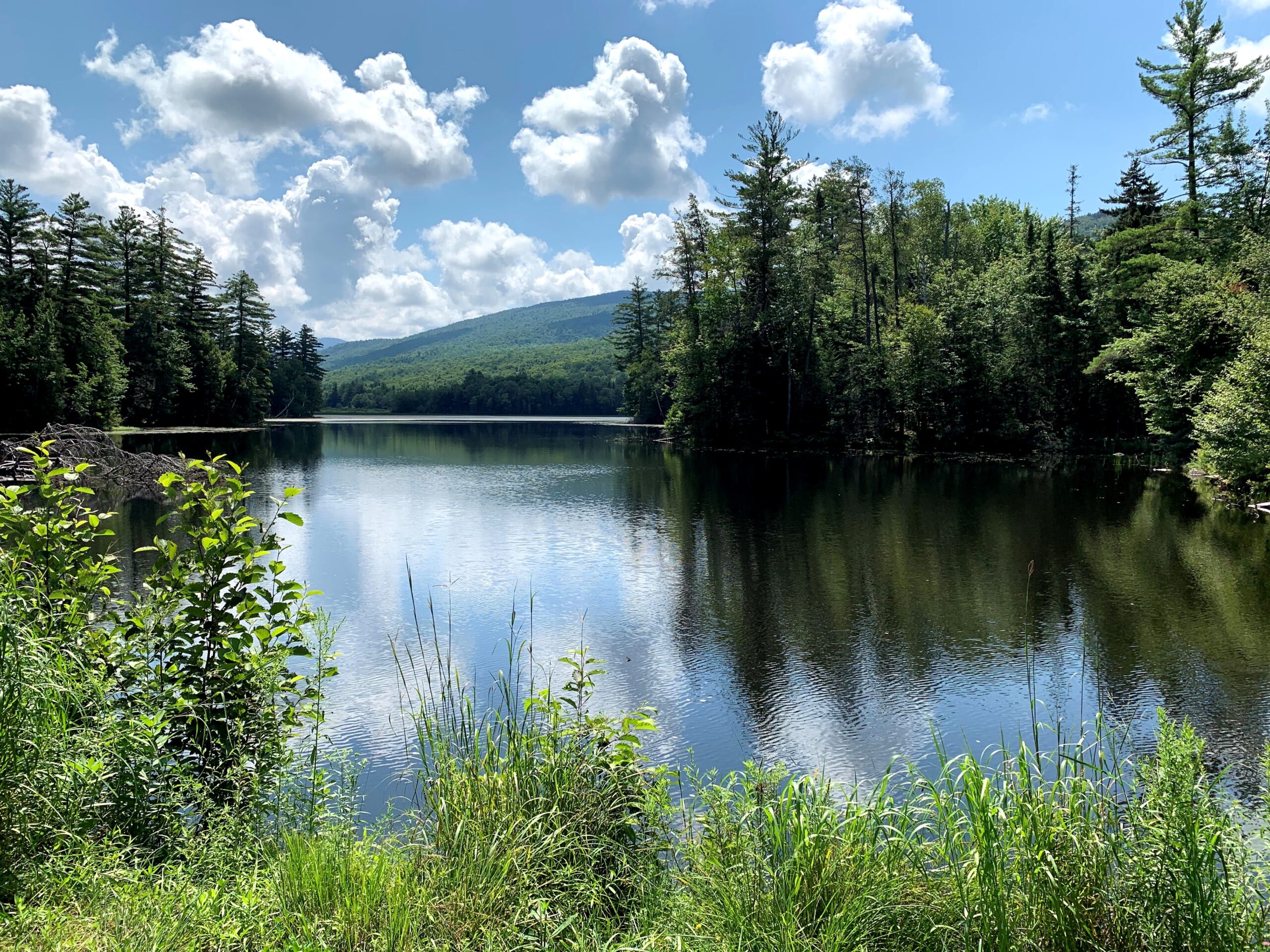
South Lake Champlain Watershed Map
THE COUNCIL
The Basin Water Quality Council (BWQC) directs funds to projects that have the greatest impact. Ideally BWQC members also participate in the basin planning process, and together with the DEC Basin Planner and other area partners, work toward meeting the strategies listed in the South Lake Tactical Basin Plan (TBP).
Currently the BWQC consists of nine members, selected as follows: two persons representing natural resource conservation districts; one representing applicable local or statewide land conservation organizations; two persons representing municipalities; two persons representing regional planning commissions; and two persons representing local watershed protection organizations within the basin. Additionally, there are several alternate members, who are available to fill in when their corresponding members are unable to attend.
BWQC meetings are held quarterly, or more often if needed. Currently there are one-two BWQC meetings per grant round; one meeting to review projects and, if needed, a separate meeting to vote on projects.
______________________________________________________
- For Agendas, Minutes, and Meeting Materials
- For BWQC Bylaws and Public Participation Policy
____________________________________________________
(Photo: Funded project – Stormwater runoff remediation design, Arnold Bay Boat Launch on Lake Champlain, Panton.)
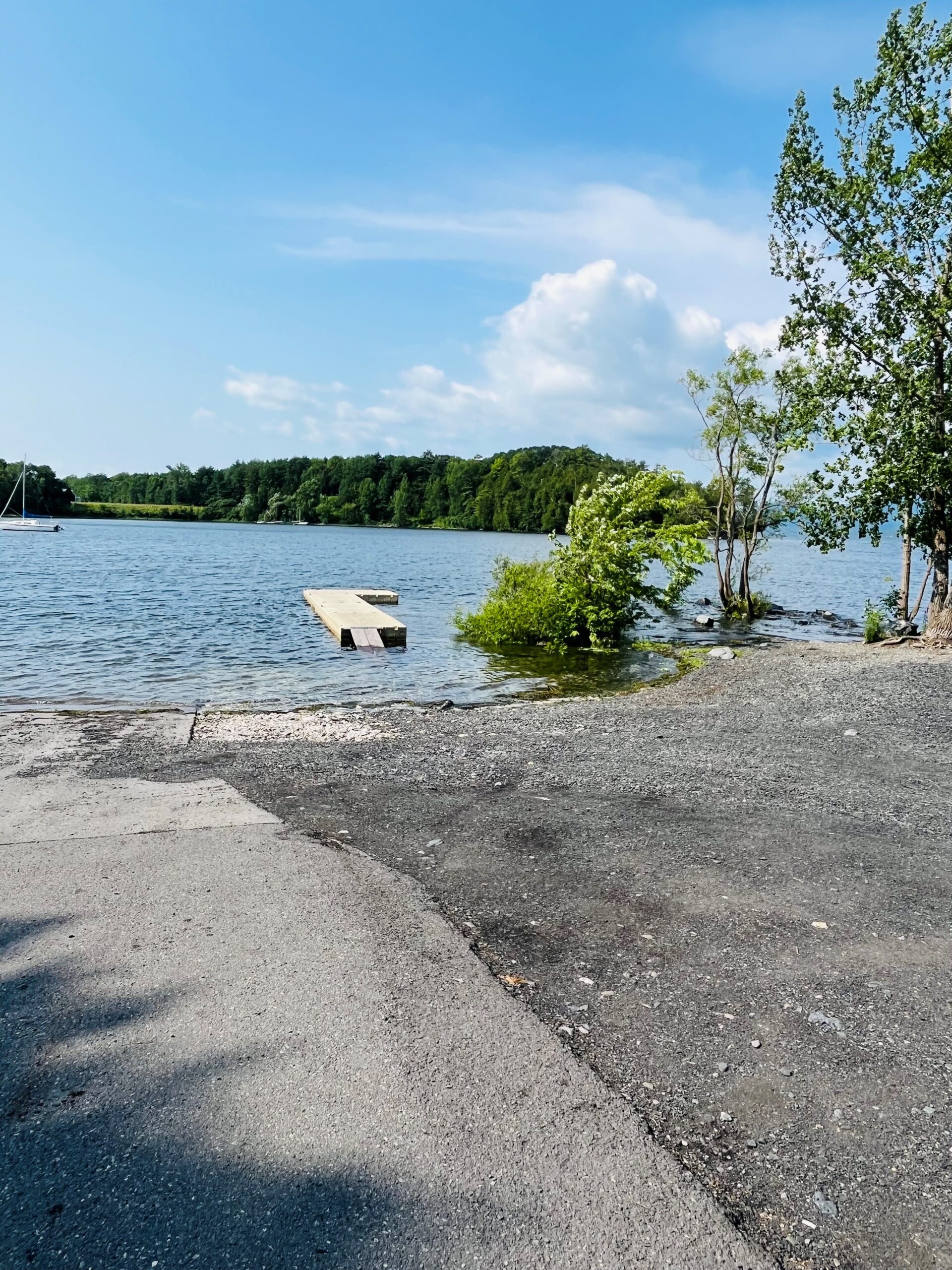
MEMBERS
The Basin Water Quality Council (BWQC)
Affiliations – Members – Organizations
Conservation District(s)
Rob Terry – Bennington Natural Resources Conservation District
Katy Crumley – Poultney Mettowee Natural Resources Conservation District
Land Conservation Organization(s)
Adam Piper – Vermont Land Trust
Donald Campbell – Vermont Land Trust (alternate)
Municipalities
Paul Donaldson – Town of Poultney
Daniel Redondo – Town of Orwell
MaryAnn Goulette (alternate) – Town of West Rutland
Regional Planning Commission(s)
Sarah Pelkey – Rutland Regional Planning Commission
Mike Winslow – Addison Regional Planning Commission
Watershed Group(s)
Chairperson Shayne Jaquith – The Nature Conservancy
Chairperson Erin Rodgers – Trout Unlimited
Phil McGovern (alternate) – Trout Unlimited
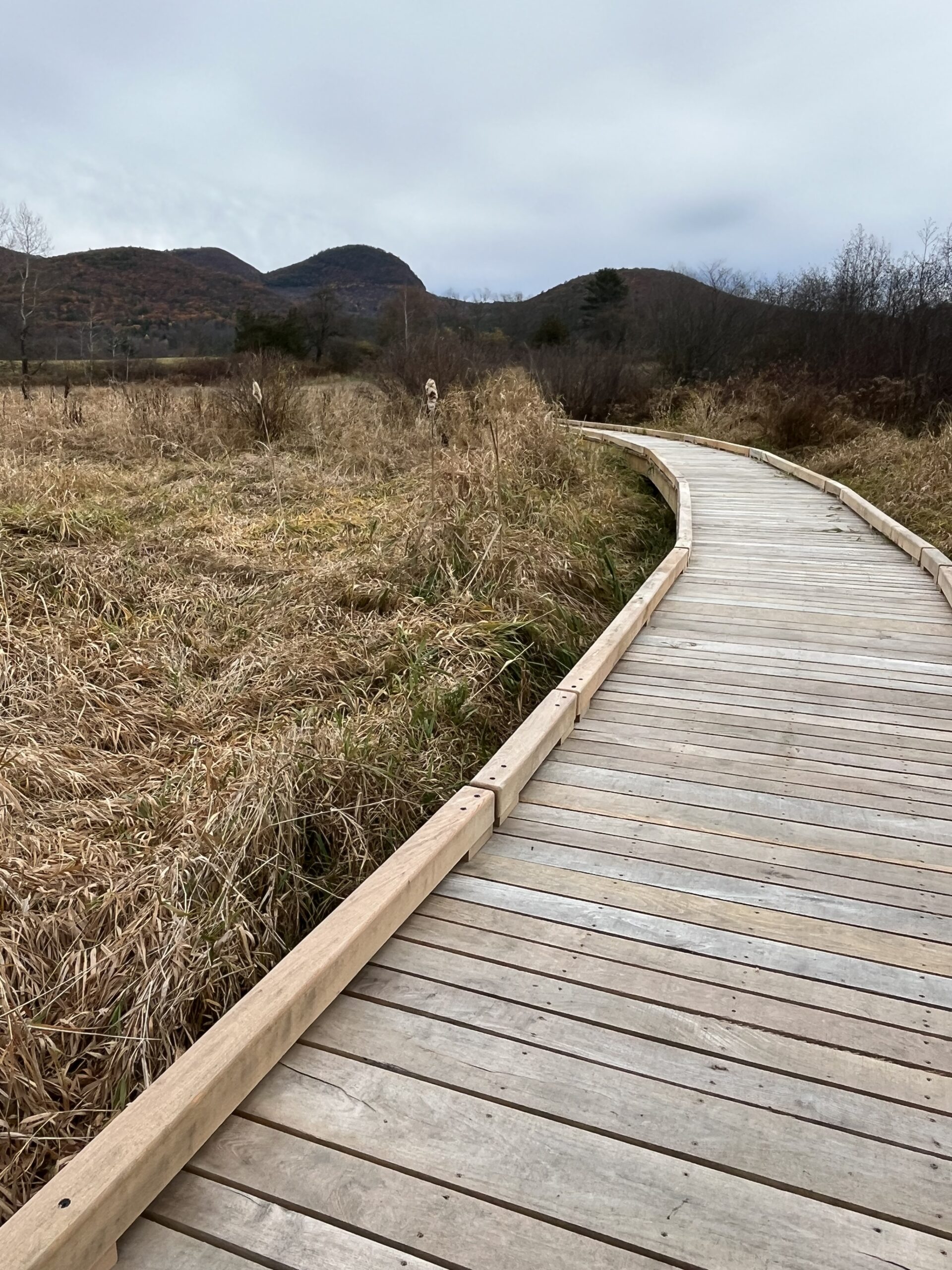
NEED TECHNICAL ASSISTANCE?
CWSP staff are available to meet with municipalities, landowners, and regional partners to help identify and develop potential phosphorus reduction projects; conduct site visits; determine phosphorus efficiencies; prepare project applications and assist in managing projects.
Helpful Links
The following links are intended to help users navigate clean water funding resources and assist in project implementation.
Background Documents
Locate Projects
Funding Policy and DEC Guidance Chapters
Application Assistance Tools and Guidance
- Final Reporting and Guidance Materials
- Assessment Protocol/Tools
- Storm Water Treatment Practice (STP) Calculator
- Functioning Floodplain Initiative (FFI) Tool
South Lake Guidance
Available Trainings
